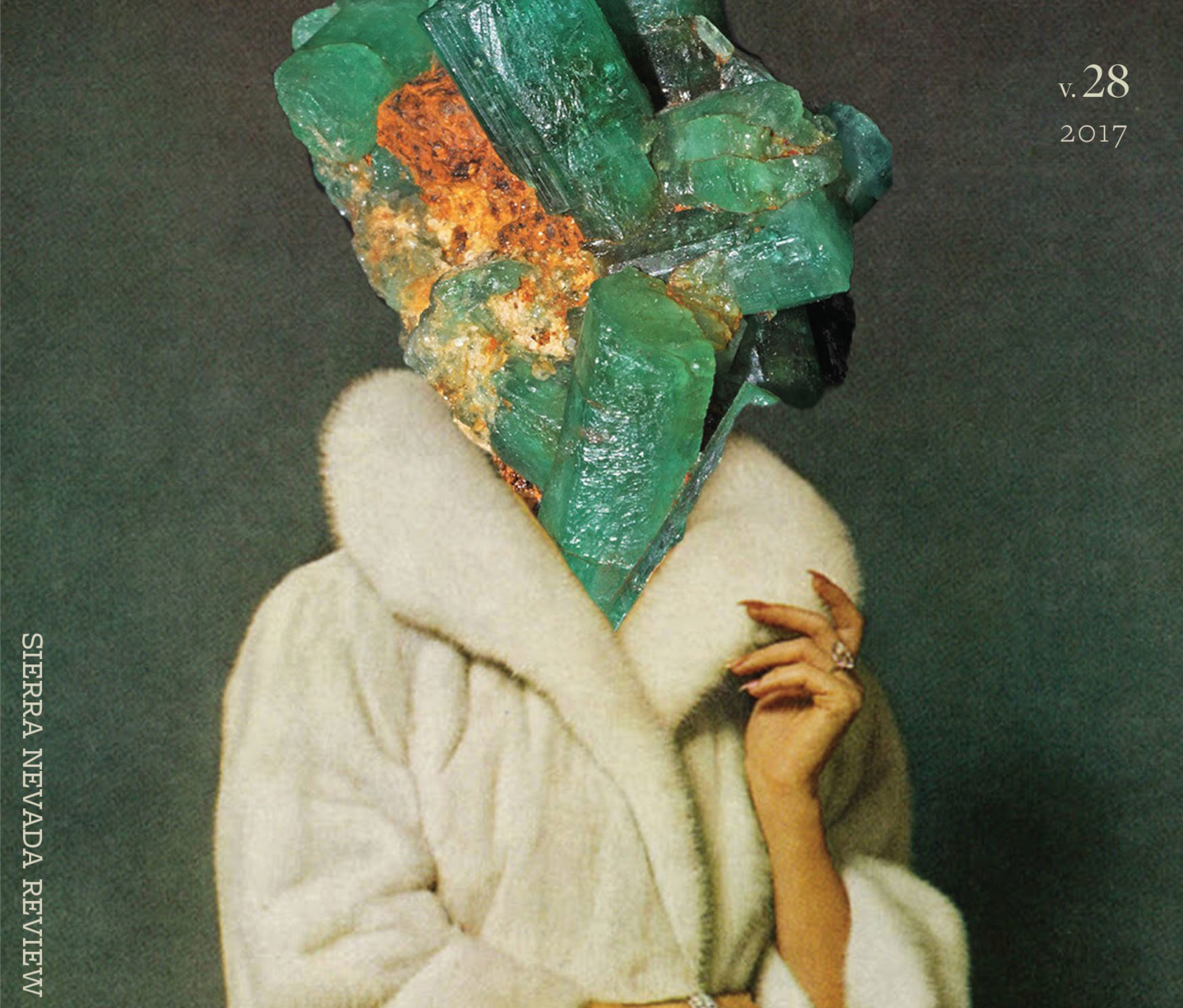 Copyright © November 2020
Copyright © November 2020
Poetry
$12, 33 pages
PANK Books
ISBN is not yet available
We May Not Have To Walk Alone: A Response to Kimberly Ann Priest’s Still Life
by Sara Paye
Readers of Kimberly Ann Priest’s Still Life will walk through (not over, around, or under) victimhood to pedophilia. The cover image warns, while the yellow circle in its upper left-hand invites. The setting must be winter, for bare trees enshroud a black and white photograph of a one-story house, with a porch and gravel lot in front. Our narrator creates poetry from the point of view of someone in a small, quiet town, where nothing needs saying, where silence wins.
Throughout Still Life, Priest outlines and draws images that captivate the imagination, so the reader seeks to turn through pages as a participant, to walk though scenes with caution and curiosity. She writes, “their fingers probing like dental tools inside a timid orifice” (12), and instantly the reader is in an uncomfortable dental seat, violated, made to believe it is all so necessary. A lie becomes rote, supposedly “for good.” The reader will have the opportunity to come to these profound conclusions through Priest’s gracious prose-like poems.
From the first page, Priest shows specific and personal scenes describing her pedophile as master of some small space: the humid bathroom, the kitchen while making breakfast, or perhaps the front lawn, scattered with toys. In my pedophile is performance ready, the pedophile carefully corrects an analog clock, and Priest provides a striking image.
he reshapes the face of the clock… the 0 in 10 sucking in its sides to impress his audience as he squeezes his hand around the 6 / reaches for a 5 / changes his mind // asks for a 4 / drinks soda water out of a cup // the 3 taking a deep breath / noticing the outline of the 1 (Priest 15)
As the final line reads, “noticing the outline of the 1,” there is a slight innuendo or associative thought that allows the reader to almost become triangulated as an involved character in the vignette, helpless to protect.
A poem which reflects the lasting pain of sexual assault is my pedophile times all my future orgasms.
if he says we have time it is the shape of the glass // how it is blown with air // how the glassblower covers its mouth and handles its bulb // how light is a word for knowledge / weight / and touch // how all are invisible // and if I believe it is time it is the bubble / the oxygenated seed (Priest 16)
Sexual trauma which takes place years ago informs the present and future. As readers lament, Priest’s writing consoles. For some readers, their left hip will remember trauma better than the conscious mind. Knowing that we are not alone in this phenomenon is a solace. When reading my pedophile dates all my future partners, we may consider how walking around unseen but longing for visibility is suddenly as perplexing as it is pivotal to Priest’s work.
the bourgeois matter of a latte / smiling emoji / gleaming bright teeth // how it makes a horror of laughter / its simpering witnesses texting themselves clean // the excuse of himself in the bathroom / the break room / the Ramen noodle joint near the corner of Mac and Albert streets (Priest 22)
There is a sense that everyday things like latte foam or the ability to walk to a favorite restaurant are experienced now as memory-tainted privileges, and the reader is aware that freedom is not the reality for everyone. When past trauma influences memory, psychological trappings may keep us from walking forward.
Priest offers a direct poetic style in her phrasing that is accessible and reads with fluidity. Her use of shorter and longer lines coupled with forward slashes or double-forward slashes helps the reader pace and process the content as seen here in the first poem presented in the chapbook, my pedophile is obsessed with details, as well as with others.
the hard wood floors / he says / are essential // having nothing to do with my hands or my feet / or how they are connected to my body // or how he wants the right to space everything symmetrically // rearrange a life in the most appropriate way (Priest 3)
The imagery and choice of subject are tactile, sensory, and bring the reader right into the present moment with the narrator, her acute observations, and her questions. A perfect example of this is in my pedophile feels the need to dance.
wraps himself in yards of cellophane / shoots himself full of tiny white spines // from where? // unknown // but this is too much to juggle // too much to jugular / gesticulate / ejaculate / believe // so porcupines are freed and this seems to satisfy the audience / disinterested (Priest 21)
Priest expresses the title’s literal concept with phrases like “a couch fainting with love” (10). The inanimate object takes on the emotion and ability of a person. If inanimate objects embody emotion, as is often the perceived result of trauma, then perhaps those bodies who inflict trauma may too be stilled or frozen by way of always being on their victims’ minds—perhaps they become Still Life. As with the dance, so with the clock, and Priest has a masterful way of describing lewd acts juxtaposed with daily living experiences so that the poetry is, for the most part, in the allusion. Priest’s poetry eases the reader into understanding that they are not alone. There is solidarity in knowing how thoughtful and precise language may free us from memory-frozen places.
*
 Sara Paye (she/they) of Las Vegas, Nevada, is an awarded writer and Creative Writing MFA candidate at Sierra Nevada University. Paye’s published works are in Funicular Magazine, The Stay Project, and The Ice Colony. See website at sarapaye.com.
Sara Paye (she/they) of Las Vegas, Nevada, is an awarded writer and Creative Writing MFA candidate at Sierra Nevada University. Paye’s published works are in Funicular Magazine, The Stay Project, and The Ice Colony. See website at sarapaye.com.
